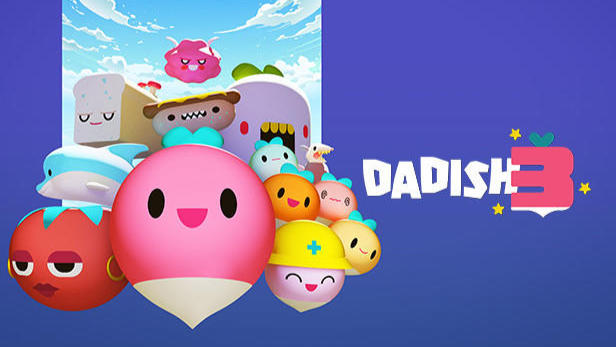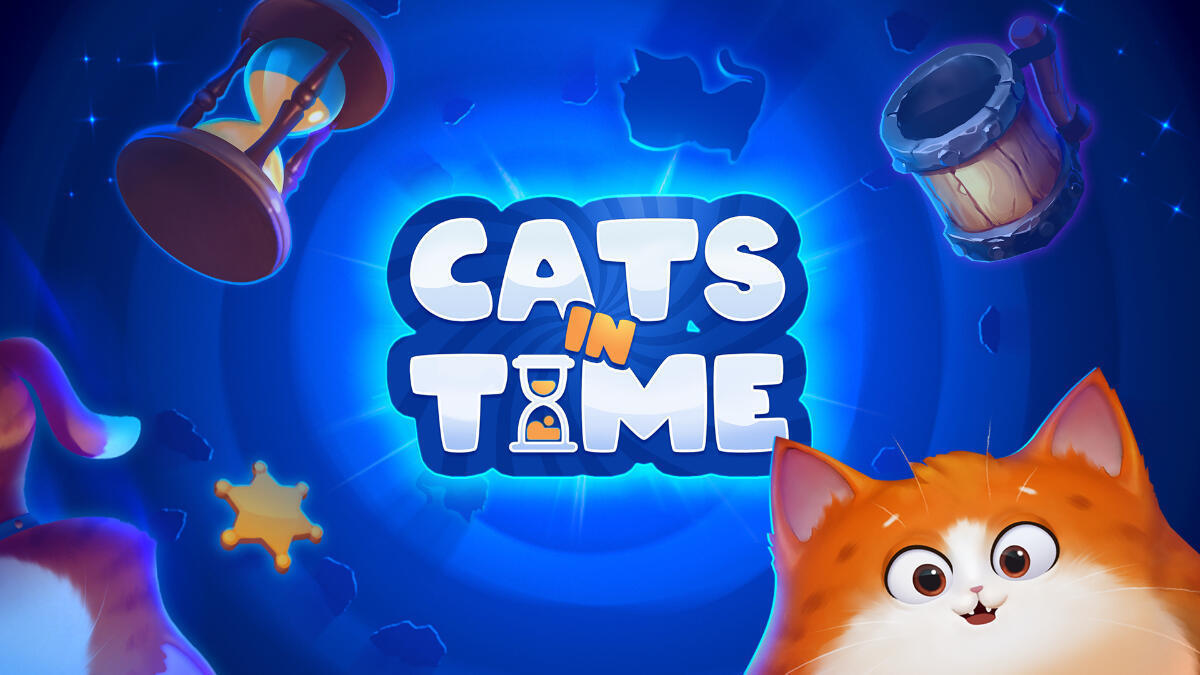The Way Home Review: As Roguelike As It Gets
Back in 1988, I distinctly recall playing a little game called Rogue on my Commodore 64 and not being all that into it for various reasons – mostly because the “graphics” weren’t really graphics at all but ASCII characters and letters. This did not excite my seventeen-year-old sensibilities; games (and game graphics) had greatly evolved by 1988, and Rogue (which was originally designed in 1980) seemed trite and dated eight years later. Let me play some Infiltrator or even R.C. Pro-AM on my NES!
Little did I know that decades later the “roguelike” genre (i.e., one that relies on procedurally generated levels, areas, and dungeons that are always changing and involve the “permadeath” of the playable characters) would come to be rather prevalent on the indie game scene.

That brings to The Way Home, a mobile game developed by Concode Corp., which is most certainly a roguelike (there are those that may describe this title as a “roguelite” rather than a roguelike, and I understand that argument but, for simplicity’s sake, I’m just going with roguelike in this review) dungeon explorer with some interesting crafting and progression mechanics. You play as a cat named Cheese fighting your way through the aforementioned procedurally generated dungeons as you attempt to figure out how you and your human pal, Jack, ended up on a mysterious island. Each time you tackle a dungeon you can choose the skills you get when you level up from a choice of stat improvements, passive abilities, or modifiers for your bow shots.
At the end of each floor of the dungeon, you have the option to walk away with all the resources you’ve gathered so far or to carry on, risking the loss of two-thirds of your gathered materials if you die. Once you return to your home island you can invest gathered materials into workstations, permanent buffs, or new spells and passive abilities to choose from on your dungeon raids. As you progress you also find out more backstory about how you ended up on this island and why it’s so cursed.

The Way Home’s gameplay is fun, if a bit on the repetitive side, and aesthetically pleasing in the ever-popular pixelated manner. There’s also a good sense of progression, and it provides a decent challenge as well. There’s a variety of enemies and attack patterns to overcome, and a good variety of upgrades and skills to try out. While traversing a dungeon, you move Cheese to collect materials and battle with enemies. A well-implemented mini-map at the upper right of the screen allows you to scope out enemies and exits. The touch controls are a bit wonky and imprecise sometimes, especially when trying to chop down trees or smash rocks when they are bunched close together. This impreciseness doesn’t really hurt anything, but it can be rather annoying.
Since the enemy positions are displayed on the mini-map, I found it easy to approach them little by little then strike from a distance with arrows. Basically by employing hit-and-run tactics, I was able to navigate the dungeon without taking much damage at all.

However, it needs to be noted that there are almost no recovery points in any of the dungeons in The Way Home. Although there are two options for healing Cheese—leveling up and potions—the amount of actual recovery you get from these is small. If/when you do get killed, a certain amount of collected material will be discarded, so don’t get brave and soldier on when your health is low. It’s best to return to the home island in those situations and bank your materials.
As for character development, it’s a challenge to build levels and equipment in the dungeon and then customize them from multiple skills and equipment according to the player's style. Experience points and equipment gained in the dungeon will reset when you return to the base island, but you can bring back research documents (books and scrolls) and materials (wood, stone, coal, etc.) necessary for crafting. You can use the research documents to unlock your character's skills, get blueprints for new facilities/tools/machines, and build facilities if you have the materials and blueprints. Process the material to change it to something else, or build or enhance a facility that will permanently increase Cheese's stats.

After slaying The Way Home’s initial boss, you have two options for accessing the rest of the game. You can pay a single payment of $5.99 to access the remaining three islands of the game, or you can watch around fifteen to twenty ads to unlock the next island, and then watch an ad after every dungeon run. While this model is novel and does allow players to essentially play the game for free, I felt a bit tricked by the free trial aspect of the first island which had no ads.
All in all, The Way Home dilutes plenty of concepts into its intriguing cocktail of gaming goodness, and while some flavor is lost here and there, there’s a compulsion to the game that’s reminiscent of the best roguelike dungeon crawlers. It ain’t a perfect game...but it is rather fun in short spurts.
SCORE: 3 STARS OUT OF 5
PLAY IF YOU LIKE:
• Dreaming Dimension: Deck Heroes. Try The Way Home if Loongcheer Games’ nicely balanced roguelike gem is your cup of tea.
• Immortal Rogue. The Way Home may not have vampires sucking their way through the ages, but its overall roguelike design is most definitely in the same vein (pun totally intended).
Have you played The Way Home? Let us know what you think of it in the comments!
CHECK OUT SOME OTHER RECENT REVIEWS FROM TAPTAP:

Dadish 3 Review: When Field Trips Go Radishly Wrong | TapTap
https://www.taptap.io/post/1545788

Searching for a Pawsitivly Purrfect Puzzler? Look No Further - Cats in Time Review | TapTap
https://www.taptap.io/post/1545366

Sometimes It's OK for a Video Game to Be Clichéd - Gale of Windoria Review | TapTap
https://www.taptap.io/post/1541795
Mentioned games


